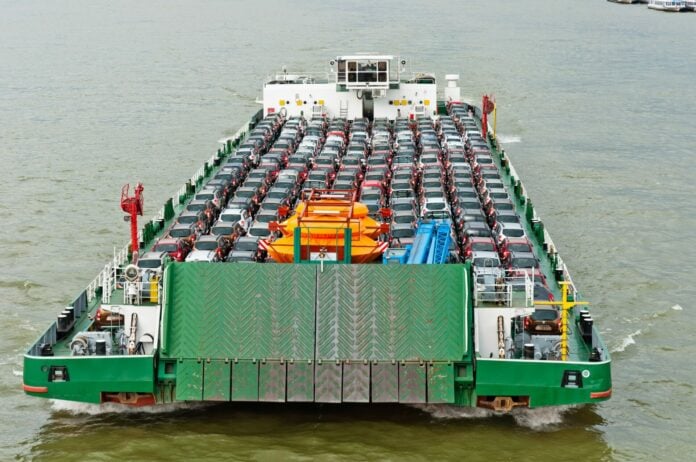Strong activity is being observed in the global vehicle shipping market, with Asia and Europe moving in different directions.
According to data for the period April-June 2025, Asia is leading the way in exports, particularly via China, and Europe facing uncertainty due to US tariffs.
Norway’s Hoegh Autoliners recorded a 47% jump in volumes from Asia, reaching 2 million ceu in the second quarter of the year. In contrast, flows from the Atlantic decreased by 2%, leading to increased “empty” voyages and higher fuel and freight costs.
In this context, the CEO, Andreas Enger, admitted that the imbalance is the price to pay for strengthening the company’s contract portfolio, until the delivery of new dual-fuel Aurora-class ships that will limit costs.
Exporters keep a wait-and-see stance
At the same time, Europe’s car exporters keep a wait-and-see stance. As Lasse Kristoffersen, CEO of Wallenius Wilhelmsen, pointed out, despite the US-EU agreement on 15% tariffs, these have not yet been implemented, leaving customers such as Volvo, BMW and Mercedes-Benz exposed to 27.5%.
“So far we do not know exactly what the level of tariffs will be. Neither do our customers,” he stressed, adding that flows to the US slowed down at the beginning of the second quarter before gradually recovering.
According to analysts, the figures point to a PCTC (Pure Car Truck Carrier) market with strong demand from Asia, but with significant challenges on the European export side, where uncertainty about US tariffs continues to weigh on the planning of shipping companies and car manufacturers.















